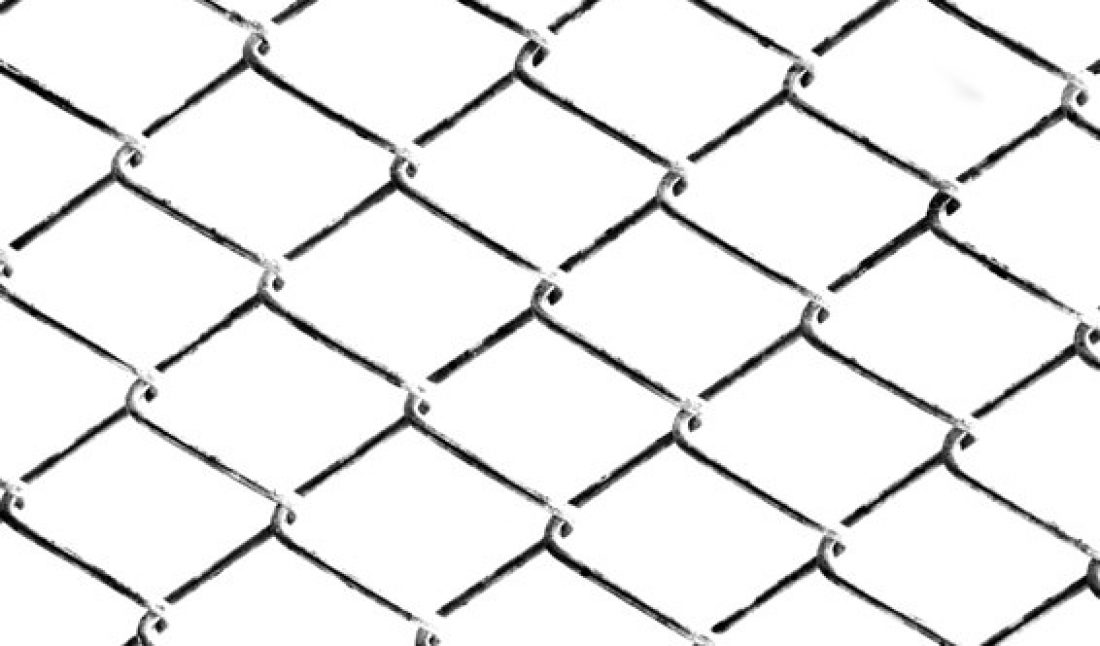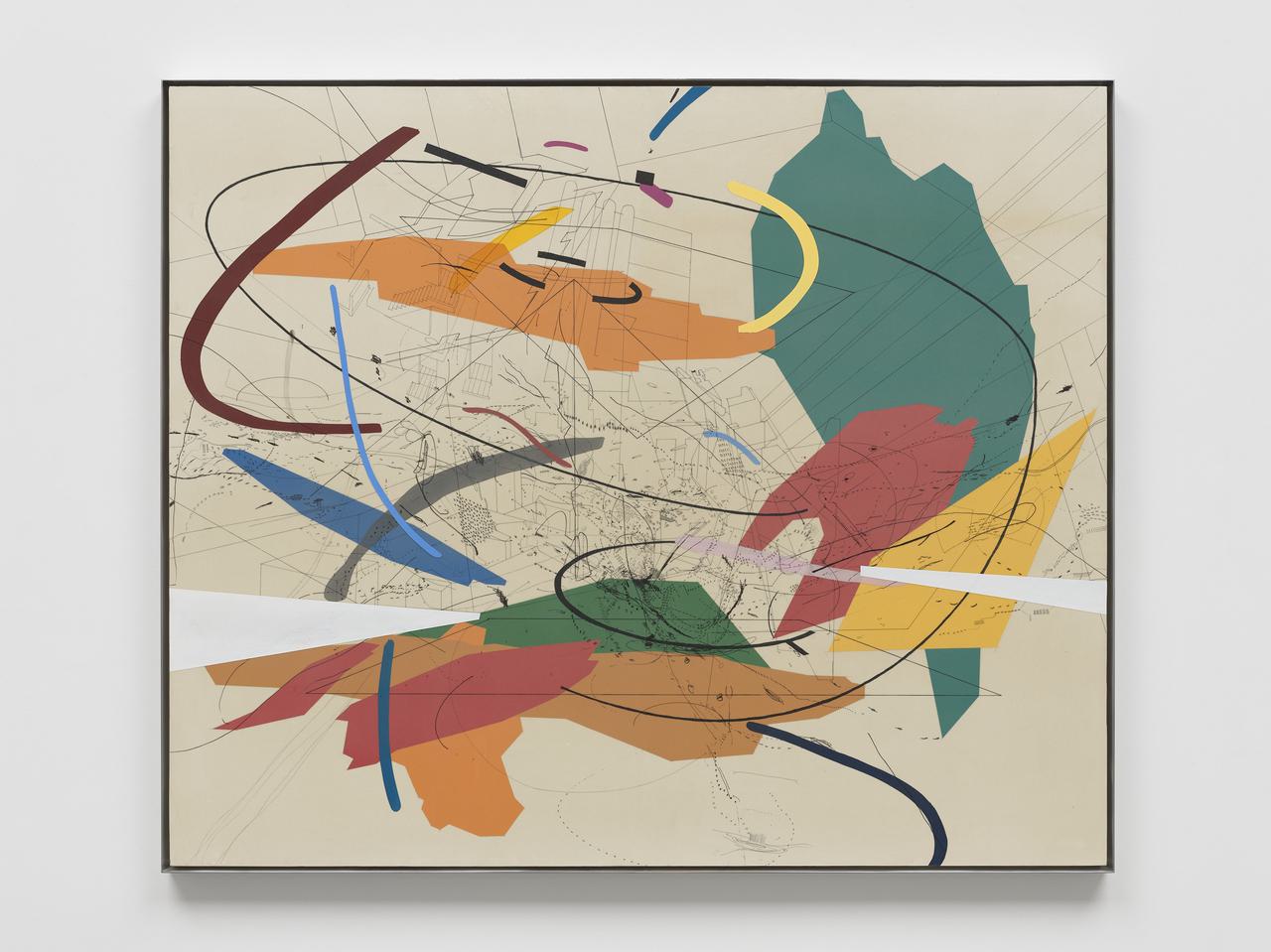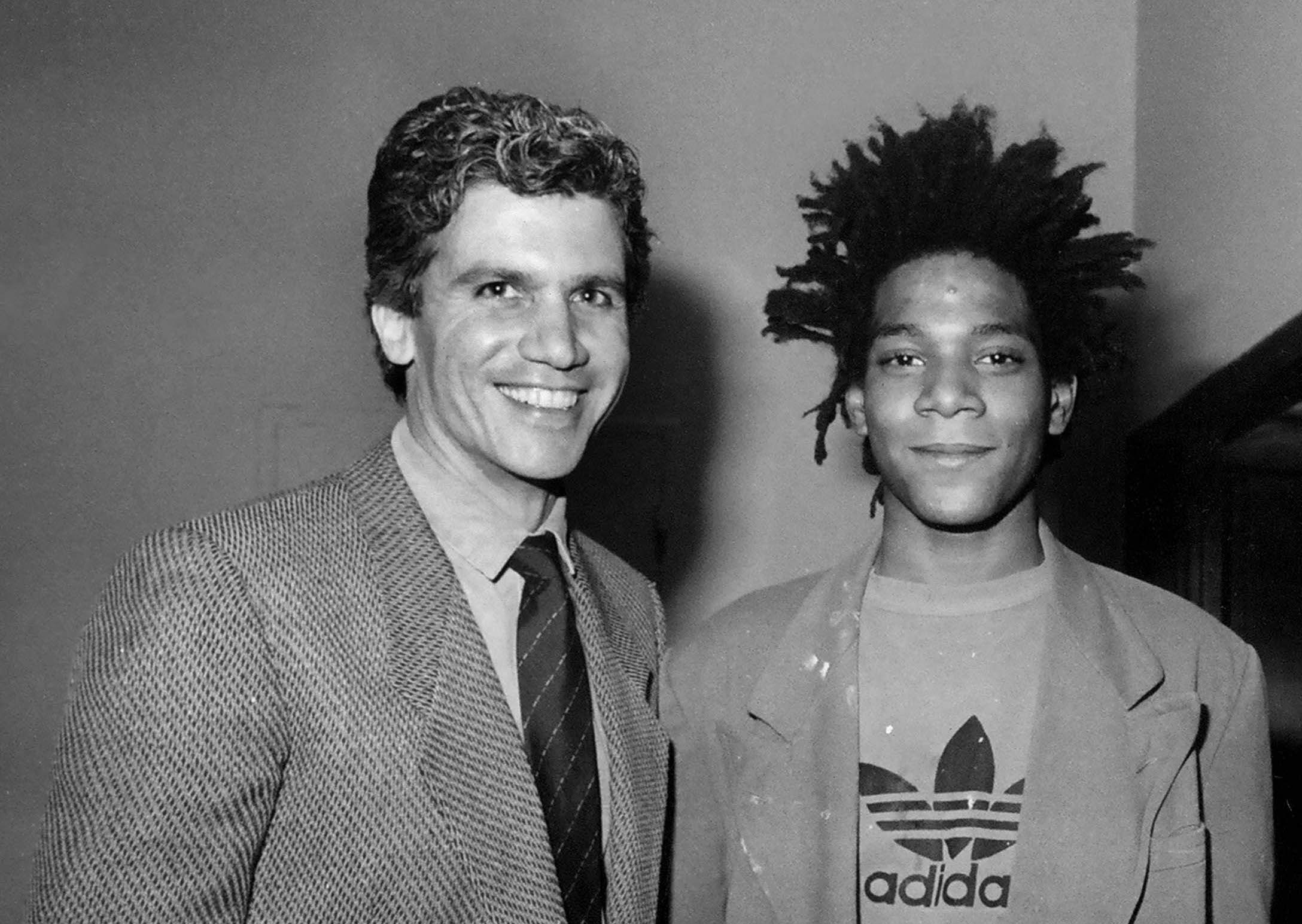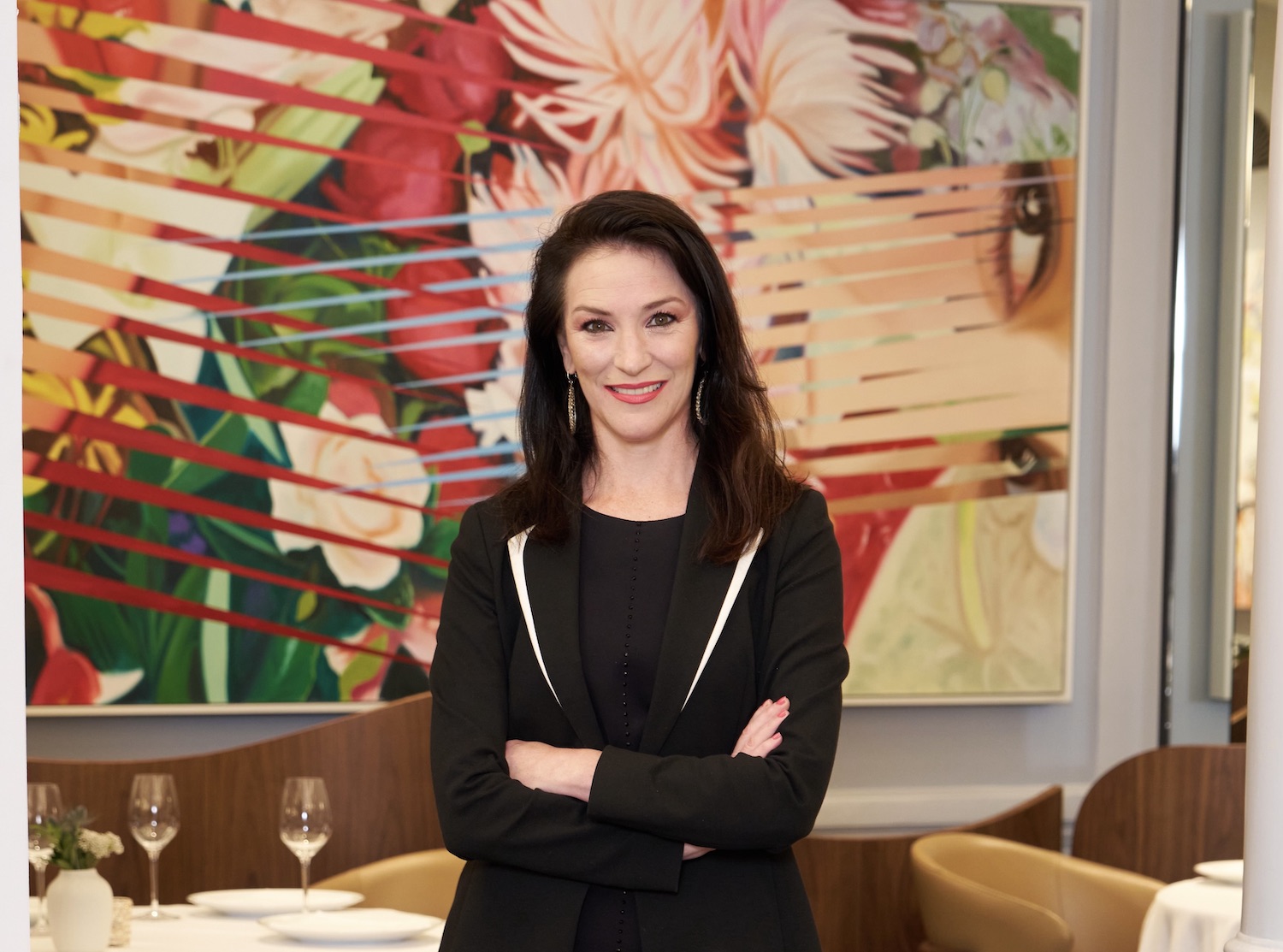If you walk through the front doors at 976 Madison Avenue, scan the bold hues of art books that pop against the stark white of the Gagosian Shop walls, and make your way to the adjoining gallery at the back of the room, you’ll find a version of America that is drastically different than the one you just left on the Upper East Side.
“Portraits of America” is the first exhibit to pair work from American photographer Diane Arbus – known for capturing vivid and subtly unsettling figures on the fringes of an idealized post-war America – with the installations and sculpture of Cady Noland, Arbus’ compatriot, and a generation younger, who examines deep-seated pathologies of the American subconscious.
“These are portraits, but they’re more psychological portraits of America,” said Gagosian Director Kara Vander Weg of 20 black-and-white Arbus prints interspersed with a dozen of Noland’s conceptual sculptures.
For her part, Noland assembles empty Budweiser cans and bottles, hard, reflective surfaces like metal bars and mirrors, rumpled American flags, piles of junk you’d find in a suburban garage, humor (think rubber chickens), and images of psychopaths and murderers turned into celebrities by the media (Charles Manson, Patty Hearst), to show how America, somewhere along the way, lost sight of its moral high ground.
In Lee Harvey Oswald Ice Floe, Noland silkscreens the face and torso of President Kennedy’s assassin on an aluminum cutout speckled with comically large bullet holes. A bungee cord, an American flag, and a masterfully placed rubber chicken (casually placed through one of the holes), distract from, sensationalize, and cheapen the death of a president and his killer – an approach that’s systematic on 24-hour news networks.
Arbus provides a real life compliment with a gangly, pre-pubescent boy in shorts, standing in Central Park, gripping a plastic hand grenade. His expression is exhilarated, mindlessly detached from the reality of his toy – and it is, clearly, because he’s a kid, and unable to grasp the full gravity of what his fake explosive represents.
But the show isn’t all violence. Arbus catches her motley subjects with such startling honesty – Jewish parents at home in the Bronx, mid loving exchange, with their son, who is a giant; a lethargic nudist family splayed on the grass in rural Pennsylvania; a naked Mexican dwarf, wrapped in hotel bed sheets, with a genuine grin – that society’s usual outcasts become effortlessly familiar.
Still, the overall effect is not uplifting, but the downer isn’t found in any of the subjects. Instead, Arbus and Noland give you the vaguely unsettling sense that the American dream – of real freedom, of self-actualization, of success, as anyone understands it – eludes us all.
An untitled Noland sculpture from 1992 communicates this feeling with cold directness: a droopy American flag and a metal grill you might char your steaks on hang from a chrome pole that fits snuggly between a doorframe. Whatever is on the other side seems inviting, but it leads to nowhere.
Just after this, Arbus reveals the quiet tragedies we live in the absence of an attainable, or even real, ideal. A widow sits alone in her bedroom that bursts with tasteless ornament. A boy in a suit holds an American flag in a pro-war parade, but looks resigned and hopeless. A Christmas tree in a sterile Long Island living room is stuffed into a corner, drowning in garland, and pathetically misshapen where it runs into the ceiling. A Westchester couple bakes on lawn chairs on their manicured lawn – which is empty, mostly, except for their son who is 10 yards behind them, hovering awkwardly over a tiny inflatable pool. He’s neglected but seems indifferent about it.
“An earnestness in Arbus’ images becomes sinister in Noland’s work when they have these dreams that can’t be achieved,” Vander Weg offers. “It’s heavy work but really brilliant work because she put her pulse on an element of American life. Maybe both were a little before their time.”











